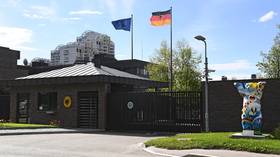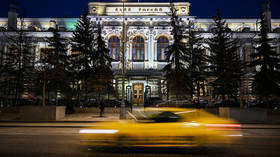Wedding of the century: Asia’s wealthiest man throws a $600mn celebration in a land of debt-related suicides

Not long ago, the world embraced intimate weddings, with couples tying the knot in the presence of only a handful of their closest family and friends. The idea of a big, fat Indian wedding had taken a backseat. But the July 12 marriage of Anant, the youngest son of Asia’s richest man Mukesh Ambani (net worth: $113.5 billion), that began in March with over-the-top, beyond-extravagant celebrations and a price tag of $600 million, has flipped that notion.
Wars, floods, famines, collapsing bridges, and assassination attempts all took a backseat to the six-month wedding of Anant and his childhood sweetheart Radhika Merchant, the daughter of Viren Merchant, a pharmaceutical manufacturer with a net worth of Rs 7.5 billion ($90 million). A post-wedding bash in London will also take place, around the end of this month.
The pre-wedding events began in Jamnagar, Gujarat, in western India, where the sprawling Reliance refinery complex – the mainstay of Ambani’s flagship Reliance Industries Ltd – is situated. (Currently, one third of Jamnagar’s production is from Russian crude oil.)
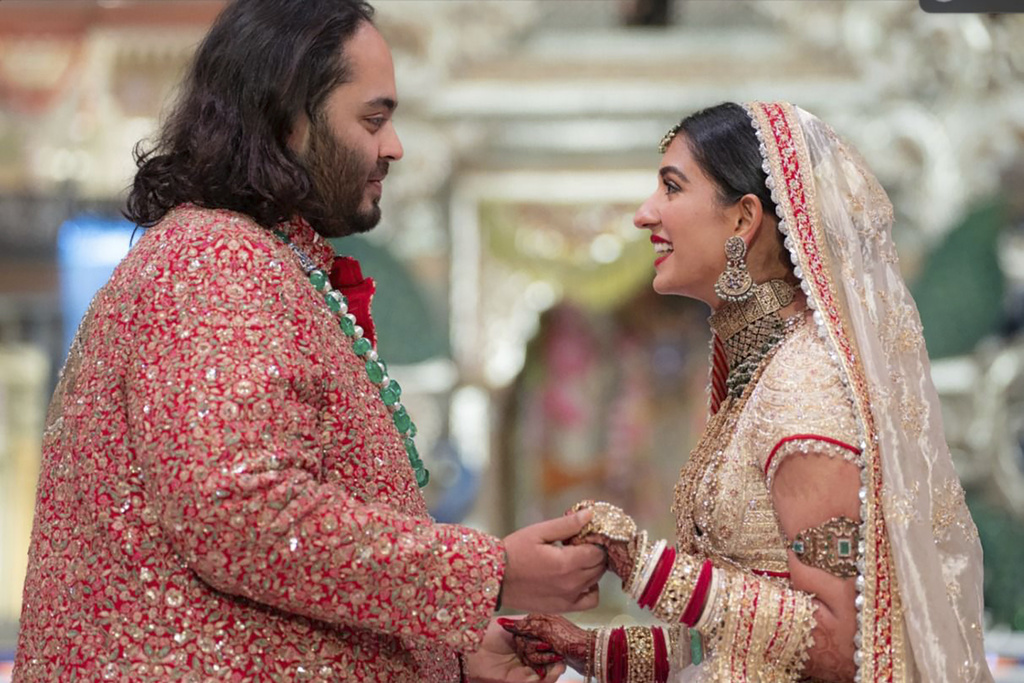
Beside the usual wedding-related expenses and a showcase of India’s finest fashion designers, the Ambanis flew in celebrities from the world over to take part in what the Mumbai Police labeled a “public event,” to the outrage of inconvenienced residents. From Rihanna to Katy Perry to Justin Beiber to the Backstreet Boys, David Guetta and even Andrea Bocelli, recruited to perform for them, the Ambanis left no stone unturned.
Also, incidentally, Indian Prime Minister Narendra Modi, who like the Ambanis is an ethnic Gujarati, also turned up to bless the newlywed couple.
Opulence and India’s complex socioeconomic condition
The first time the Ambani wedding caught global attention was following Rihanna’s performance in Jamnagar. Also at the jam were the who’s who of India’s elite – no one, in India or overseas, can resist videos of Bollywood’s three superstar Khans dancing together. As clips of Rihanna’s act went viral, social media was rife with videos wondering who this Indian family was, and about the clout they hold in the country.
“The international audience perceives the Ambani festivities as a grand showcase of India’s cultural richness and modern-day opulence. These events demonstrate that India is not just a land of diverse traditions and rich heritage but also a thriving center for luxury and modernity,” fashion designer Raghavendra Rathore, whose creations draped many on the guest list, told RT.

“This level of extravagance highlights the immense wealth and economic capacity that exists within India, providing a significant contrast to the common perception of the country as largely poor,” says Srishti Kapur, co-founder of Floral Art, the floral jewellery firm that elegantly complemented Radhika’s ensemble for one of the events.
“This display of opulence ultimately mirrors India’s complex socioeconomic condition, where extraordinary wealth and significant poverty coexist.”
Srishti Kapur told RT that much of the overseas spotlight was due to the number of global artists and VIP guests flown in: Bill and Melinda Gates, Hillary Clinton, Mark Zuckerberg as well as Kim and Khloé Kardashian, among others.
Rathore elaborates further that events like these, despite economic challenges, highlight the country’s growing financial power and the prosperity of its entrepreneurial class.
“It’s crucial to recognise that India is a country of contrasts, and such festivities reflect the celebration of success and the dedication to bringing the best of Indian artistry and hospitality to the forefront,” he says.
In fact, the Ambani family undertake a lot of charity work, and on July 2, days before Anant's marriage, they held a mass wedding where they sponsored 50 underprivileged couple.

Windsors of India vs farmers’ daughters
To set the wedding budget in context, the $600 million spent accounts for around 0.5% of Mukesh’s estimated net worth. This, in a nation where most lower-middle-class Indians seek back-breaking loans to put together funds for their children’s marriages.
“The international audience will see this as a vulgar display of wealth in a country where 800 million people depend on free ration. If at all, the wedding gives an insight into the ugly inequality in India,” Parth MN, an award-winning independent journalist who extensively covers rural issues in India, told RT.
“The wedding is happening in Mumbai, the capital of Maharashtra, a state where 557 farmers died by suicide in the first six months of 2024, or three per day. Most of them killed themselves because they had a debt running into six-digit figures. In the meantime, the cost of the wedding festivities went into eight-digit figures,” he added.
Parth also highlighted the hypocrisy of it being declared a “public event.” The actual wedding and a few more celebrations that followed were organized at the Jio World Convention Centre, an Ambani-owned venue for high-profile occasions located in the city’s business hub.
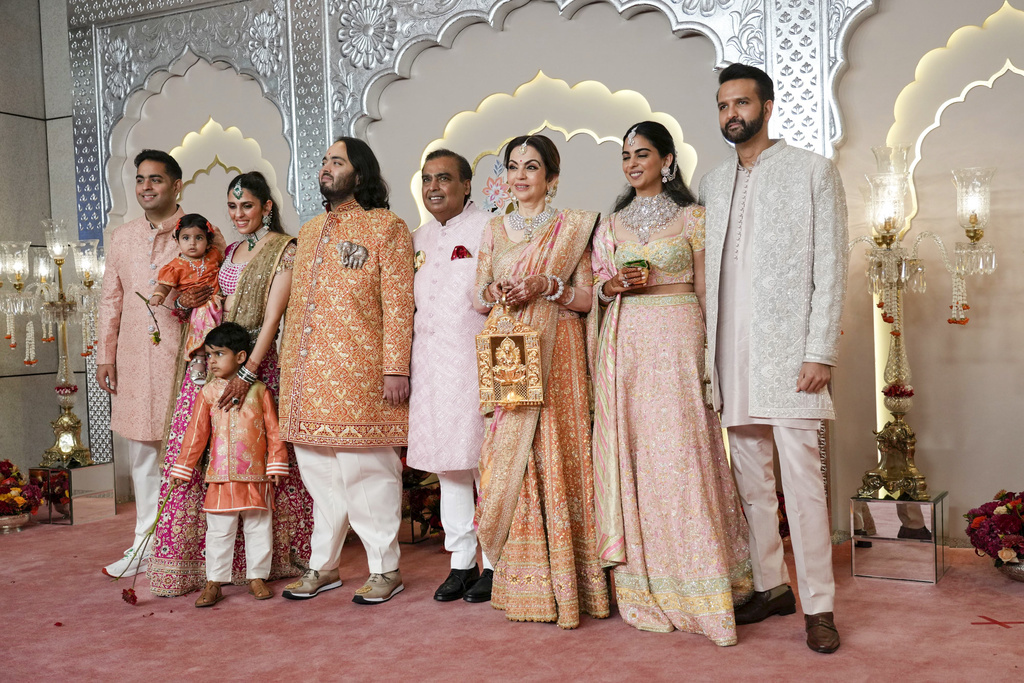
Parth elaborates: “The Mumbai Police have restricted traffic in the area, but the city’s elite liberals and the mainstream media often whine about traffic when poor farmers march for their rights. The mainstream media will cover the wedding and fawn over the Ambanis because they own most of [Indian] media.”
Reliance Industries acquired Network18 – one the biggest media conglomerates in the country – in 2014.
P Sainath, an Indian columnist, author and social commentator, took to Twitter to highlight the skewed notion the West may have of how “most Indians” perceive the Ambani wedding. “Most Indians see the Big Fat Indian Wedding as a national achievement and are not put off by it, according to TV commentary, including on BBC. Really? Did the BBC, anyone, do a poll/survey of most Indians? People hit the streets for what they see as a national achievement — like to greet the returning T20 World Cup winning team? Anyone seen Mumbaikars dancing on the streets to celebrate the Ambani wedding?” he wrote.
Sainath continued his scathing observation by emphasizing India’s agrarian crisis and how in one year, Maharashtra officially recorded more than 300,000 families in six districts with daughters whose marriages they could not afford.
“That was a factor in some farmer suicides — followed in some cases by the suicides of the daughters feeling responsible for their fathers’ deaths. I doubt the countryside sees ‘the BFIW’ as a national achievement,” he added. “What stands out is the absence of an iota of embarrassment in the wedding’s hosts and their celebrity guests… Only the arrogance of excess and a scarcity of shame. This crowd manages to give vulgarity a bad name.”
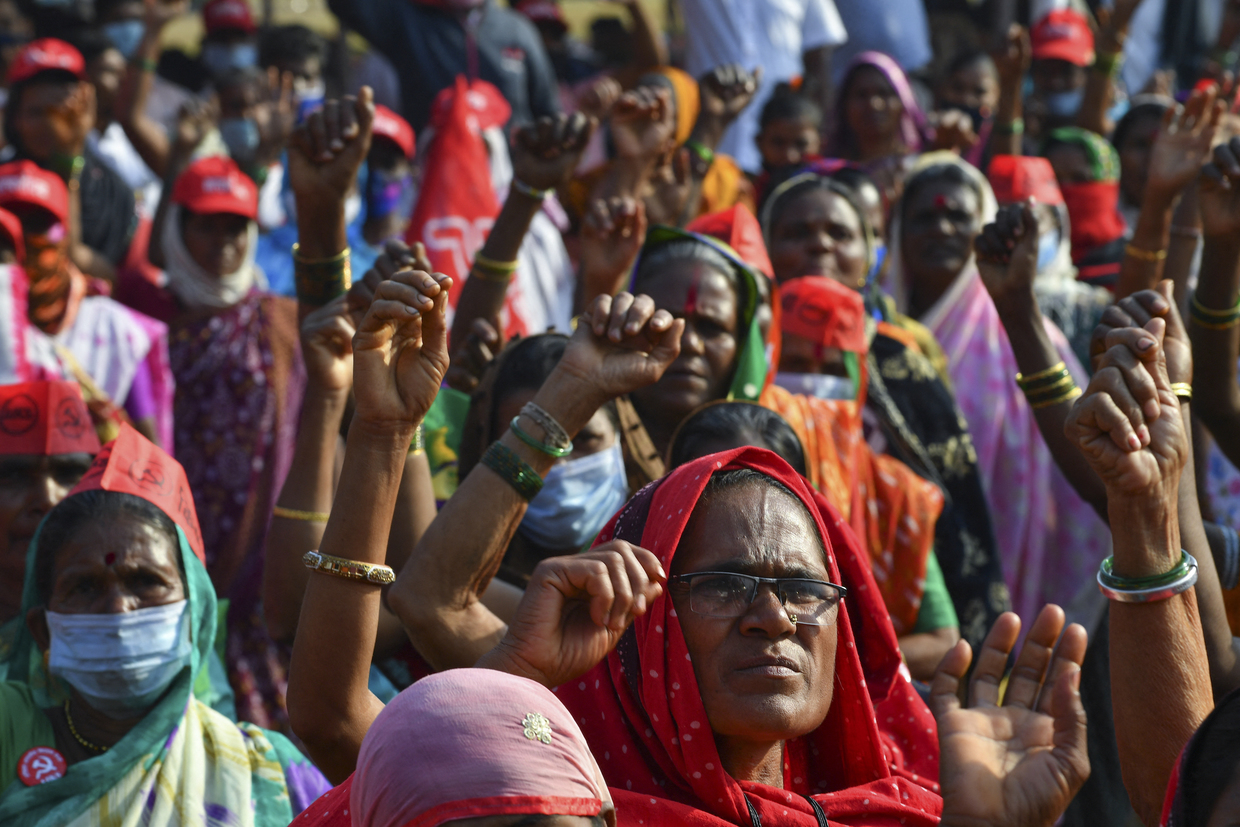
Leher Kala, a columnist on society and culture for The Indian Express, drew parallels with the spectacles India’s erstwhile royal families made of weddings to flash their wealth to the kingdom.
She wrote: “It’s been a crazy spectacle, a statement that the Ambanis have arrived: not just in India but globally. They seem to want to recast themselves as the Windsors of India… The Ambanis are pretty much the only family who could get away with such conspicuous consumption on this scale. Nobody else in India has that kind of power and social capital.”
Italians Aghast at Asian Billionaires
The second leg of the pre-wedding celebrations rubbed Italians the wrong way. These festivities kicked off aboard a luxurious cruise liner on May 29, taking 800-odd guests from Palermo to the South of France and back, with stops in Rome, Portofino, Genoa and Cannes for a series of parties.
In Portofino, a popular fishing village in Italy, the family rented out the entire seashore for the last bash. Videos online showed businesspersons, Bollywood and sports stars, and several other high-profile personalities having a gala time.
But local residents and visiting tourists didn’t share the excitement. To organize the event, authorities restricted access to all the attractions in the area. Residents of Portofino and Genoa also outraged over the raucous and unruly festivities, some even complaining to the police to seek action.
“Many billionaires have come to party here, but no one has ever taken away access to the main part of the city. Who do they think they are? They can’t just come in and throw their party and make it difficult for people to do their daily chores,” one user wrote on x.com, while another added, “As a local tour guide, it’s disheartening to see our city closed for a private event. Our livelihood depends on tourism, and this week was a huge setback.”
However, some defended the Ambanis and instead blamed the local authorities for the inconvenience. One user wrote: “The Ambani family did not occupy the spaces in Portofino for free, but made a request and paid what the municipality requested. This money will then have to be used for the community of Portofino… Ask your mayor for information before insulting an Indian entrepreneur who chose and appreciated you.”
Another user added, “They should blame the local authorities, not the billionaire. They just can’t digest the fact that they are Indian or Asian billionaires.”
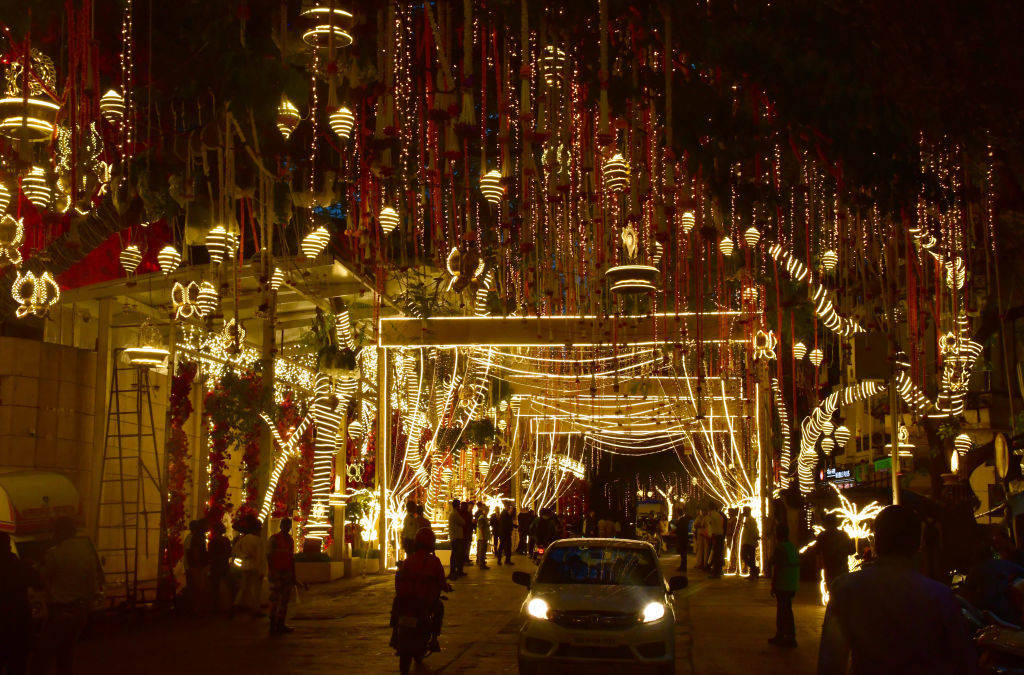
Social media: wedding is status, not emotion
An unfortunate by-product of such a widely showcased parade is the scrutiny it puts on those involved. As a result of the images shared across social media, trolls – especially ones unaware of who the groom was – attacked Anant on his physical appearance. Not to mention the number of memes that emerged, many mocking him and attracting unsavory comments.
Also, back in May, a teen in the US ran into Anant in New York City. Baffled by the security around him and why others were stopping him for photos, she fathomed that he was someone important and approached him for a picture herself, which she later captioned asking her followers to identify him.
To Indians, this encounter was especially amusing, given the globally telecast pre-wedding celebrations but their social, industrial and political standing in India even more. Moreover, some may even say that their decision to use the #AnantAndRadhikaWedding to assert their status and power was a testament to a wider trend in India – one where weddings are being largely used as a statement of status rather than an emotional affair.
Ultimately, can we say the Ambani family succeeded in sparking global conversation? They sure did. Was it on their own merit as one of India’s most influential powers, or was it piggybacking on the standing of their elite guest list? (One may hazard a guess that it was the latter.) Will this global interest in them last beyond the wedding festivities? That remains to be seen.








